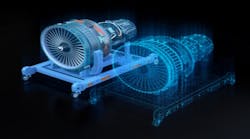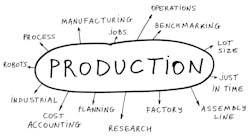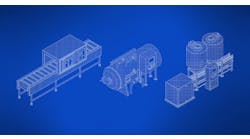In a few weeks, we connect with GE Digital’s Chad Stoecker for the INSIGHT webinar “Understanding The Value Of Digital Twins: Apply Advanced Analytics To Move To Digital Reliability”
Today we preview that presentation with a look at evolving digital twins, the notion of “practical digital reliability,” and predictive maintenance in the absence of complete data. Take a look…
Smart Industry: How is the use of the digital twin changing as we mature into this approach?
Chad: As the conversation around digital twins started, there were a lot of disparate point solutions with their own versions of digital twins. We are now seeing a convergence to a single comprehensive digital twin that shows us a 360-degree view, including condition-based maintenance, machine-learning models, equipment strategies, production planning, and lifecycle cost analysis.
Smart Industry: What do you mean by "practical digital reliability"? Are many approaches to reliability short of practical?
Chad: Best practices for digital reliability have always existed in standards definitions like ISO 55000 and ISO 14221, but these standards have been really hard to implement by maintenance personnel on the ground. This is due to disparate data sources, lack of instrumentation, and a lack of a proactive-maintenance culture. The technology around digital reliability has advanced to a point where it can aggregate disparate transactional and analog-data sources, run machine-learning models in real time, and ensure living-asset strategies are always available for just-in-time decision making.
Smart Industry: What is one trick to making predictions in the absence of a robust database with plenty of examples of run-to-failure behavior?
Chad: The ability to make accurate predictions on equipment health without thousands of failure examples really boils down to having mature machine-learning models and AI diagnostics that have run on millions of machine hours of data. It is the optimization tuning of these analytics and diagnostics that drives accurate predictions.
Smart Industry: What most excites you about the near future of wins with the digital twin?
Chad: The ability to realize the vision of reliability standards that have been often hard to implement resulting in industrial processes that are safer, more effective, and more efficient for our customers.


